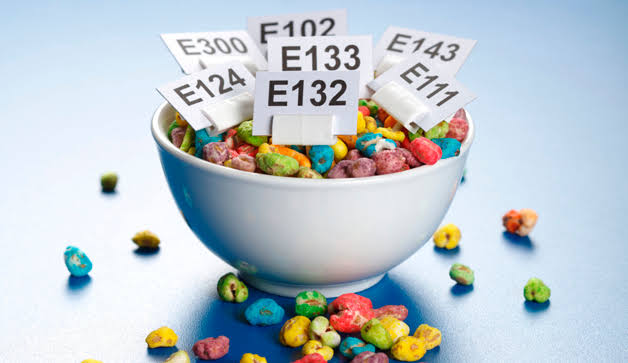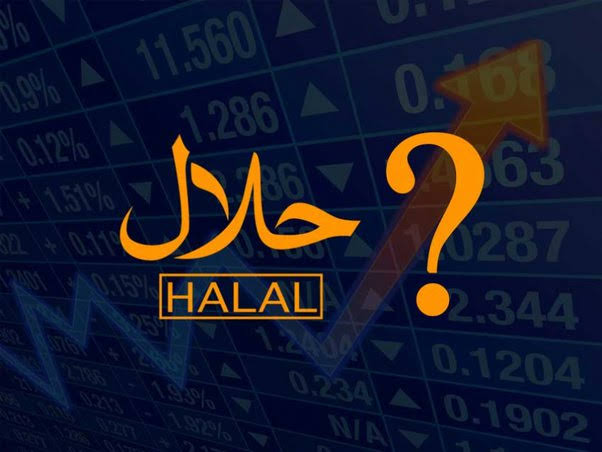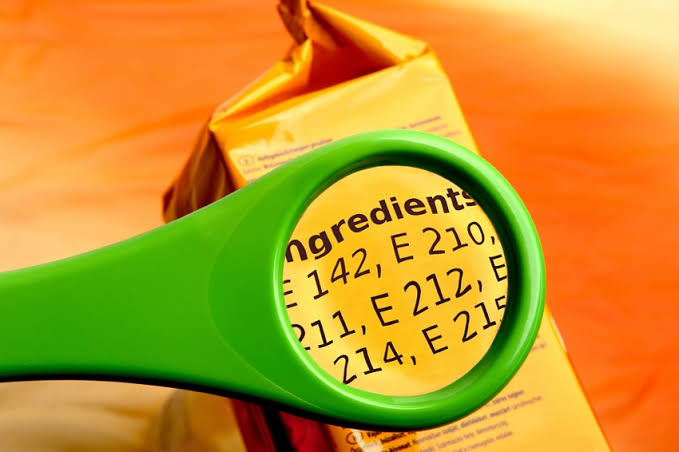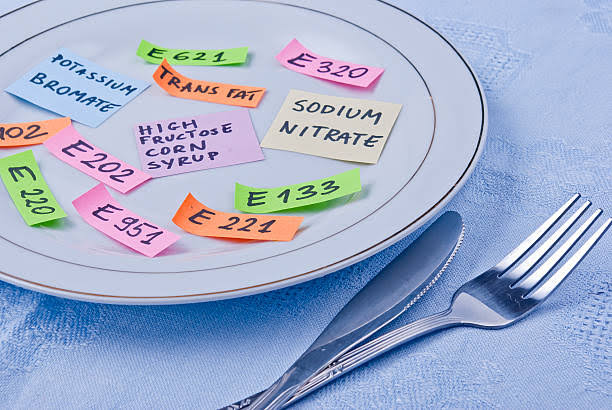
Know Your Ingredients: Halal Food Science 101 and E-Codes
Have you ever read the ingredients on your Halal food label packaging and come across an e-code? Did you wonder what they signify? Although they may appear as just chemical code numbers for food, they actually represent much more. Some of these e-codes even represent controversial ingredients that some Halal certifiers may not approve for consumption.
The food we eat includes a variety of ingredients ranging from natural to artificial. Ingredient labels on food packages contain familiar items and coded numbering of various preservatives also known as the e-codes or e-numbers.
What are E-numbers?
E-numbers or E-codes are unique numbers used to identify food additives. They are inscribed in the ingredients list of packaged foods representing a list of food chemicals and additives. They serve as food preservatives, food color and flavor additives.
E-number implementation dates back to the1960s when the Scientific Committee on Food (SCF) decided to create a standardized list of food additives. The E prefix stands for 'Europe' or 'European Union’. These codes are also used outside Europe because they are globally accepted by the food industry. In the U.S additives are generally referenced on ingredient labels by their full names.

As a food and beverage consumer we all know by now that packaged foods contain additives. The primary function of additives is to help preserve the food and its proper consumption. Additives also improve food color, taste, texture as well as nutritional value. Each additive has a unique number that is identified with. There are many categories of food additives. They include food colors, preservatives, antioxidants, sweeteners, emulsifiers, stabilizers, thickeners and gelling agents. Below is a list of categories to make note of.
- E100–E199 (colors)
- E200–E299 (preservatives)
- E300–E399 (antioxidants, acidity regulators)
- E400–E499 (thickeners, stabilizers, emulsifiers)
- E500–E599 (acidity regulators, anti-caking agents)
- E600–E699 (flavor enhancers)
- E900–E999 (surface coating agents, gasses, sweeteners)
- E1000–E1999 (additional chemicals)
Additives that are approved by the European Commission are considered safe for consumption, but is it safe for all?
The Halal Food Science And E-Numbers
When you purchase Halal packaged goods they contain a variety of ingredients considered to be Halal. However, Halal food also has e-numbers listed on the label as well. What does that imply?

Several Halal governing boards and certifiers restricted the patronage of e-numbers on Halal food packaging. This is due to the fact that some food additives are not considered Halal for consumers.
Examples of food additives considered Haram include Glycerol / Glycerin / Glycerine (E422) – haram if obtained from pork or non-Halal certified meat sources, Emulsifiers (E470 to E483) – haram if obtained from pork or non-Halal certified sources and Edible Bone Phosphate (E542) – haram if obtained from pork or non-Halal certified meat sources.
Halal industry certifiers and related professionals have studied these various food additives and have identified and distinguished the haram ones (those made from non-Halal ingredients).
For instance, the Department of Islamic Development Malaysia (JAKIM), a federal government agency in Malaysia that governs and administers Islamic affairs in Malaysia compiled a list of Halal e-codes guides that distinguishes between Halal and Haram e-codes.
Furthermore, concerned consumers can check Halal e-codes independently by utilizing an application. Halal Check is a software tool that allows you to check the e-numbers of products you buy.
Countries around the world have adapted different strategies in regulating the kind of food we eat. In the United States for example, Congress passed the Federal Food, Drug and Cosmetics Act (“FDCA”) in 1938. The Act formerly served to label food as goods that should be regulated by the consumers themselves.

However, in 1958, the Food Additive Amendment was added to the FDCA in 1958, vesting broad authority to the Food and Drug Administration (“FDA”) to regulate chemicals added to food products.
With regards to Halal consumer protection, since the year 2000, multiple states in the United States have enacted Halal consumer protection legislation. These laws regulate the general consumption of additives, mislabeling and deceptive practices.
In 2002 for instance, Illinois passed a Halal Food Act which outlaws mislabeling of products and posing them as Halal. The Bill (SB750) includes other provisions that enforce strict compliance.
Food regulatory bodies like the US Department of Agriculture (“USDA”) and Halal certification bodies like ISA Halal play significant roles in ensuring food quality and safety. This positively affects both Halal and non-Halal consumers as the role of such bodies help to alleviate malpractice and mislabeling of Halal products.
Islamic Services of America (ISA) is a leading USA based Halal certification and auditing organization serving companies, the community, and the Halal industry for over 45 years. Contact ISA at isa@isahalal.com or visit the ISA website for more information at https://www.isahalal.com/

picture credit: istock
Written and submitted by Cush Consulting Group for ISA, Inc.